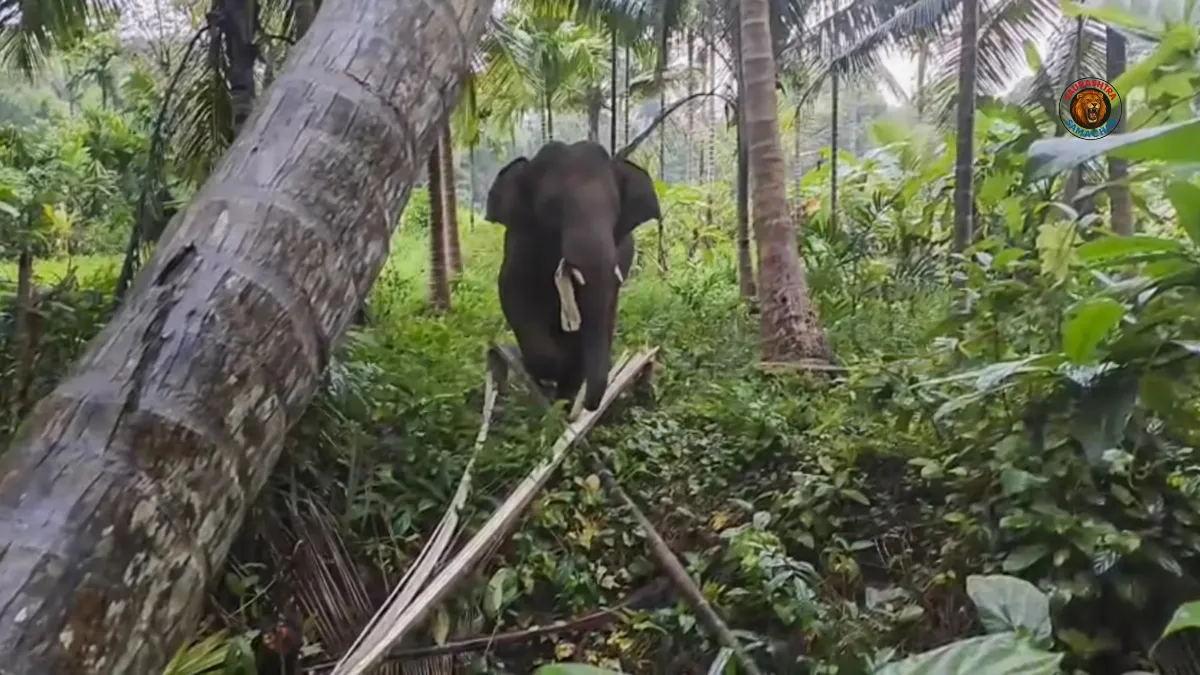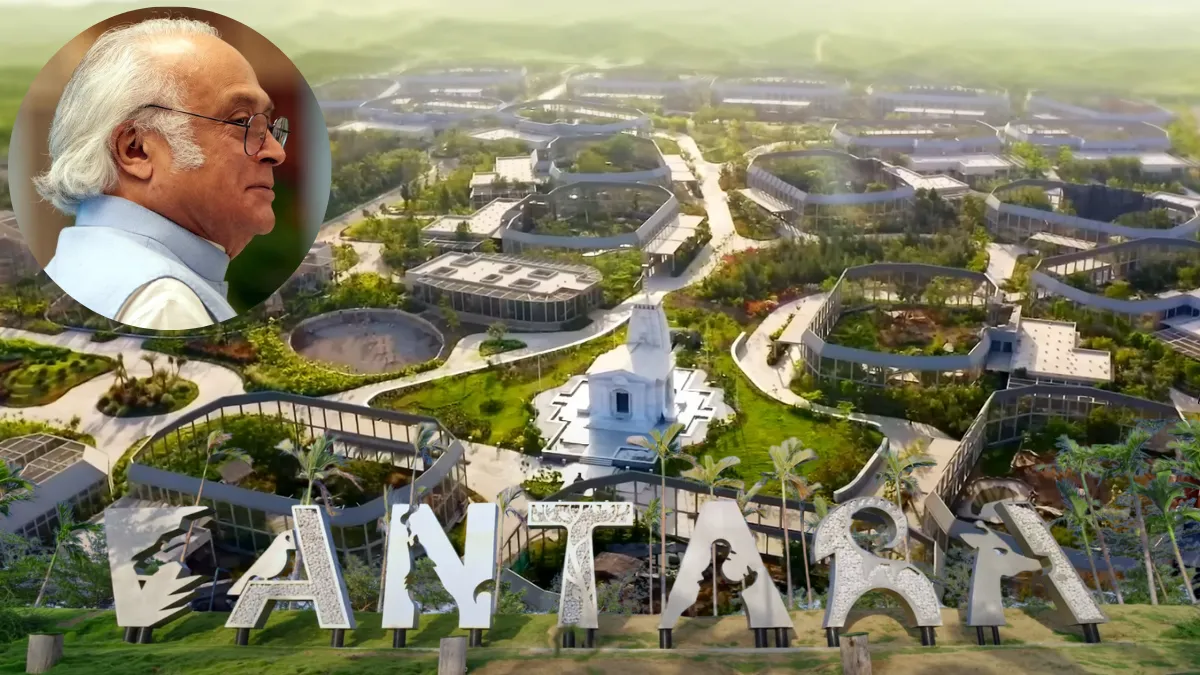What is the Aravali Safari Park Project? It is an ambitious eco-tourism and conservation initiative being developed in Haryana, India, with the goal of creating one of the largest urban safari parks in the world. Located in the scenic Aravali hills spanning Gurgaon and Nuh districts, the project aims to offer a unique wildlife experience while promoting environmental sustainability and boosting regional tourism. Inspired by world-class safari destinations like Sharjah Safari and Gir National Park, the Aravali Safari Park will integrate wildlife conservation, public education, and recreational facilities.
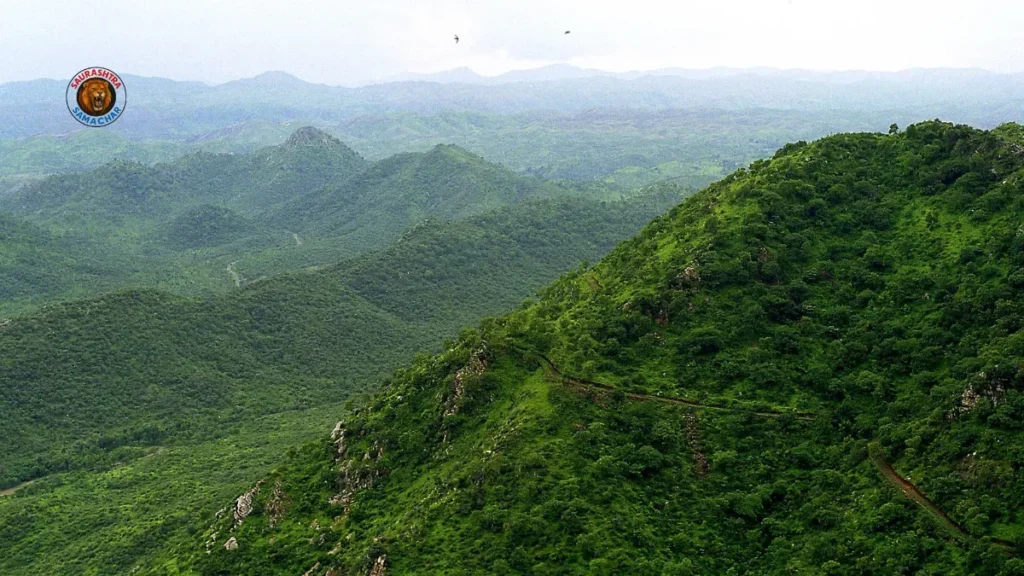
Vision Behind the Aravali Safari Park Project
The project’s primary mission is to conserve the fragile ecosystem of the Aravali range while offering visitors an immersive jungle safari experience. The Aravalis, one of the oldest mountain ranges in the world, have been facing threats due to urbanization, mining, and deforestation. This initiative seeks to restore degraded land, protect native wildlife, and generate employment opportunities for local communities.
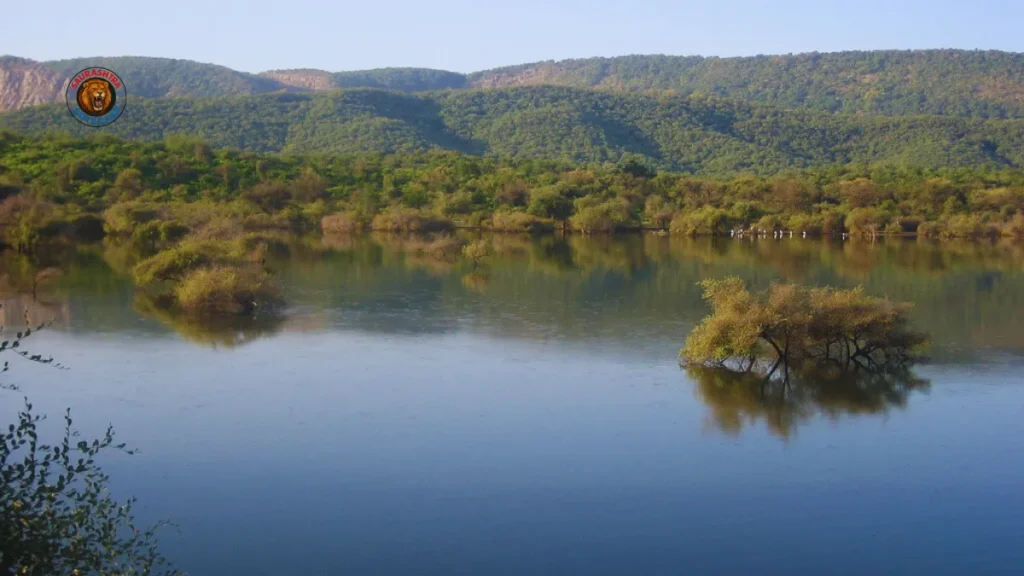
Key Highlights of the Project
The Aravali Safari Park is being planned over 10,000 acres of land, making it significantly larger than other existing urban safari parks in Asia. The park will feature multiple safari zones, each dedicated to different animal habitats, including:
- Herbivore Safari Zone – Home to deer, antelopes, and other plant-eating species.
- Big Cat Safari Zone – Dedicated areas for tigers, lions, and leopards.
- Bird Sanctuary Zone – For birdwatchers to witness migratory and native species.
- Reptile and Amphibian Zone – To showcase reptiles in a safe and educational setting.
In addition to safaris, the park will also include eco-lodges, nature trails, interpretation centers, and educational workshops for visitors.
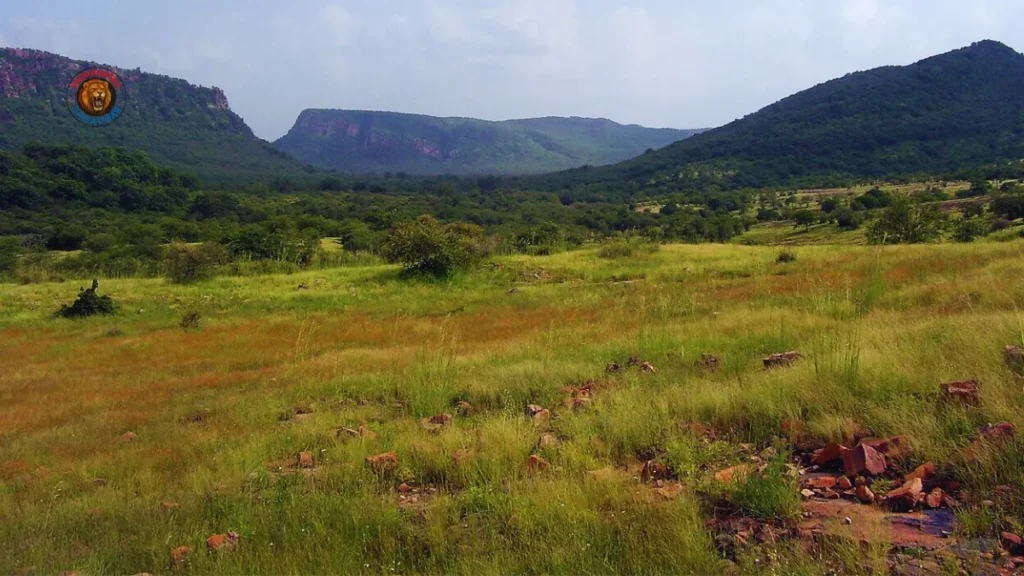
Table: Key Details of the Aravali Safari Park Project
| Feature | Details |
|---|---|
| Location | Gurgaon & Nuh districts, Haryana, India |
| Total Area | Approx. 10,000 acres |
| Project Type | Eco-tourism & Conservation |
| Safari Zones | Herbivore, Big Cat, Bird Sanctuary, Reptile & Amphibian |
| Inspiration | Sharjah Safari, Gir National Park, Vantara |
| Primary Goals | Wildlife conservation, Eco-tourism, Employment generation |
| Target Completion | Expected within the next few years (date to be announced) |
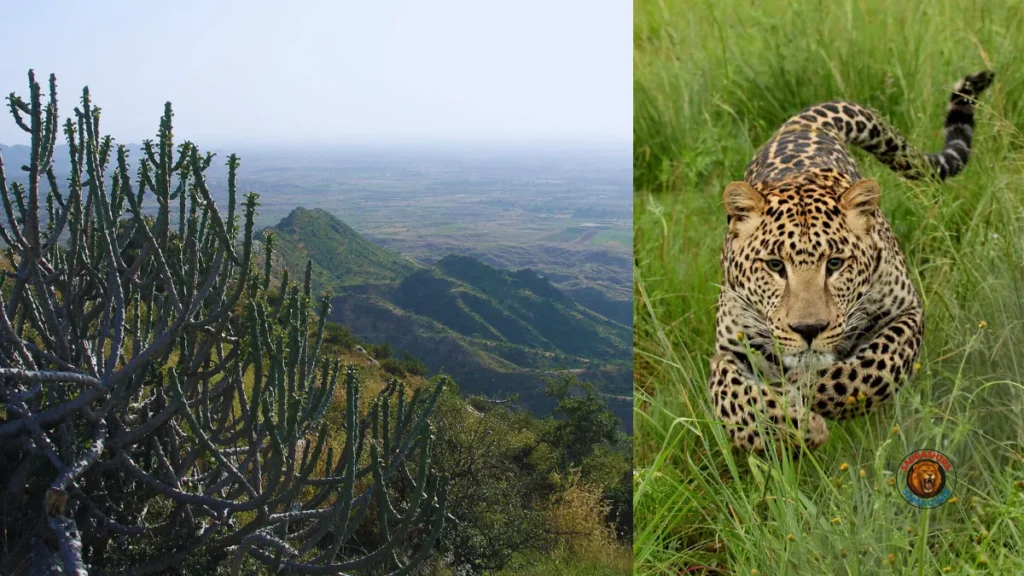
Environmental and Economic Impact
One of the most significant aspects of the Aravali Safari Park Project is its dual focus—protecting the environment while supporting the economy. By restoring degraded forest land, reintroducing native flora and fauna, and regulating tourism, the park will help revive the ecological balance of the Aravalis. At the same time, it is expected to attract thousands of tourists annually, boosting the hospitality, transport, and local handicraft industries.
Also read: Aravali Jungle Safari Project: Haryana’s Vision for Asia’s Largest Wildlife Experience
Why the Aravali Safari Park Matters
The park is not just another tourist spot—it’s a step towards sustainable development in India. By combining conservation with tourism, the project creates awareness about the importance of preserving biodiversity. It also sets an example for how large-scale environmental projects can benefit both nature and people.
Also read: Aravali Jungle Safari Project Price: Entry Fee, Packages, and Stay Options”
Conclusion: What is the Aravali Safari Park Project?
So, what is the Aravali Safari Park Project? It’s more than just a safari—it’s a vision for a greener future, a space where wildlife and humans can coexist harmoniously. When completed, the park is expected to stand as a model for sustainable eco-tourism in India, protecting the heritage of the Aravali range while creating unforgettable experiences for visitors.



